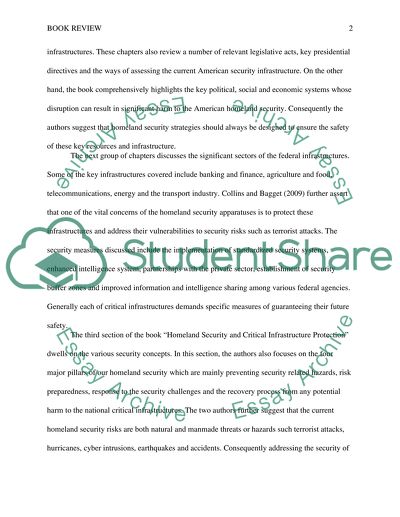Cite this document
(“Homeland Security and Critical Infrastructure Protection Book Report/Review”, n.d.)
Retrieved from https://studentshare.org/law/1396565-homeland-security-and-critical-infrastructure-protection
Retrieved from https://studentshare.org/law/1396565-homeland-security-and-critical-infrastructure-protection
(Homeland Security and Critical Infrastructure Protection Book Report/Review)
https://studentshare.org/law/1396565-homeland-security-and-critical-infrastructure-protection.
https://studentshare.org/law/1396565-homeland-security-and-critical-infrastructure-protection.
“Homeland Security and Critical Infrastructure Protection Book Report/Review”, n.d. https://studentshare.org/law/1396565-homeland-security-and-critical-infrastructure-protection.


